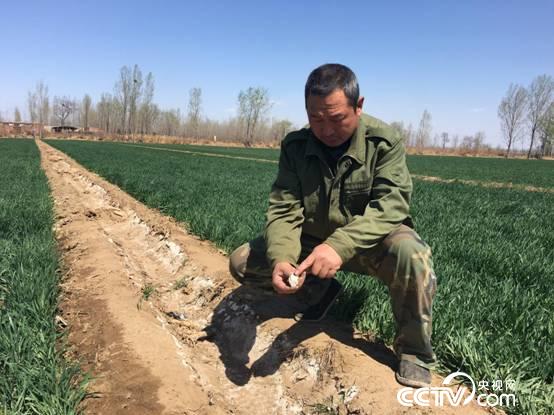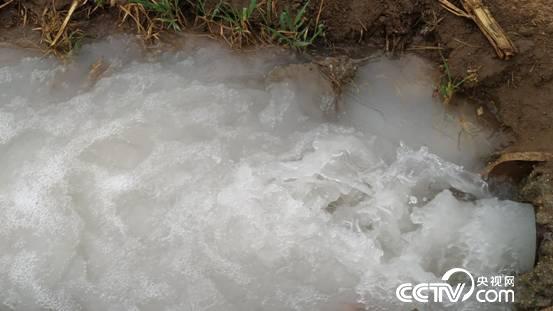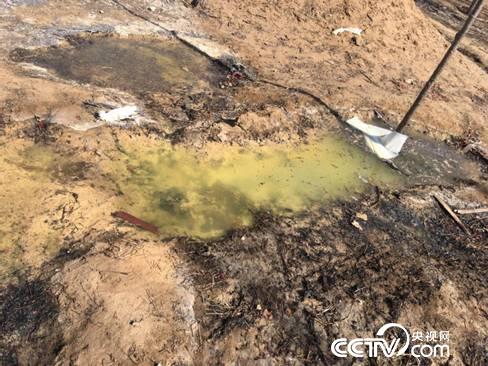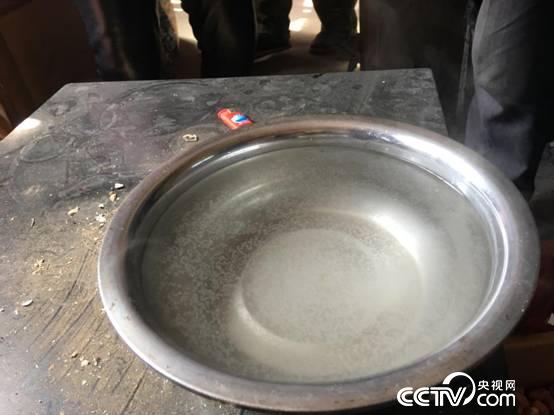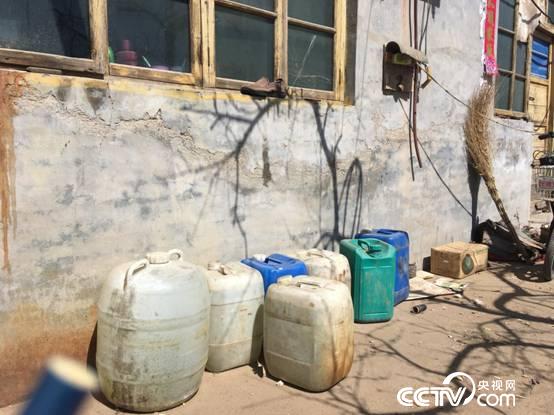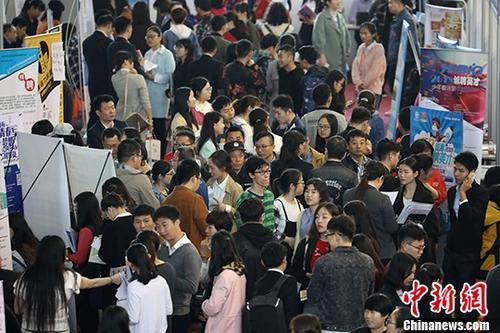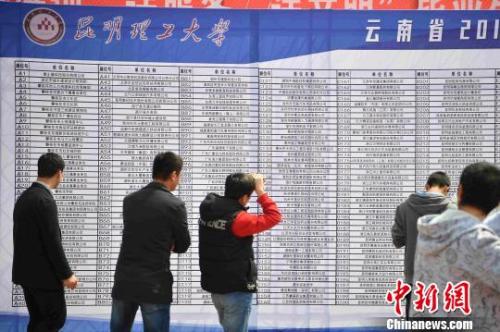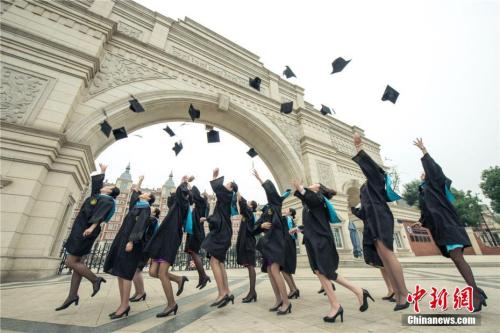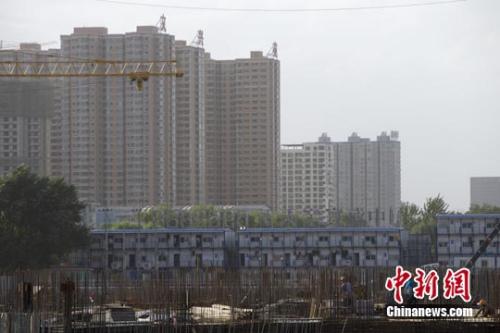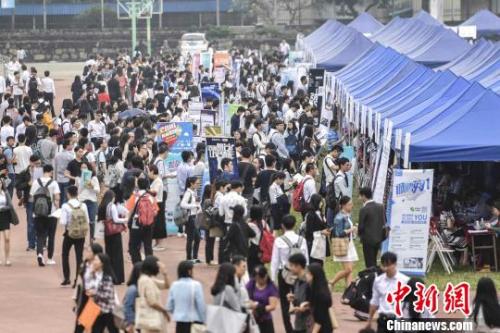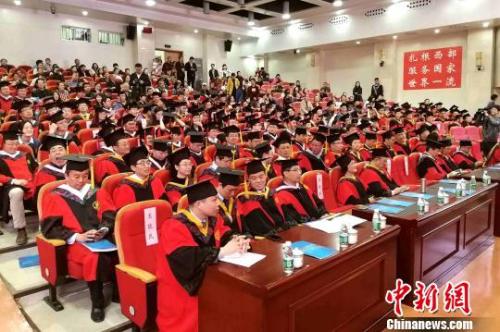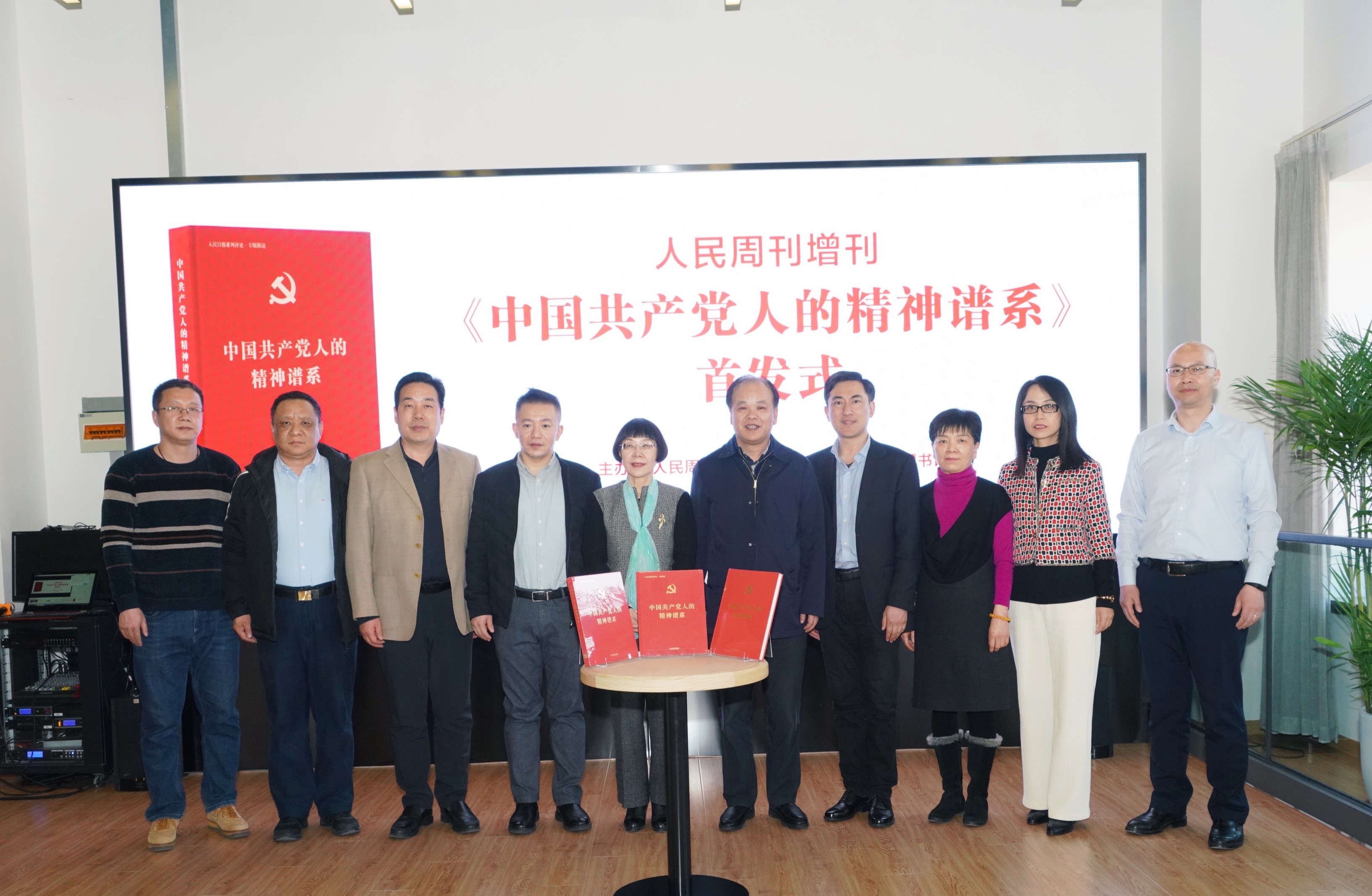Round table | The origin of rice writing, the value and significance of "going up the mountain for thousands of years"
In the middle and lower reaches of the Yangtze River in China, the earliest rice cultural sites in the world are concentrated. Since November 2000, archaeologists have successively excavated the earliest cultivated rice, the remains of settled villages and a large number of painted pottery in the world in Pujiang County, Zhejiang Province. The archaeological discovery of Shangshan site has attracted worldwide attention, which fully proves that this is the origin of the world’s rice civilization and an important starting point for the formation of Chinese civilization based on the southern rice civilization and the northern millet civilization.
In mid-May, the first regular meeting of the special class for the protection and application of Shangshan cultural sites was held in Pujiang County, Jinhua City, Zhejiang Province, and the formal application of Shangshan cultural sites took the first step. What is the heritage value and significance of the "golden business card" of "going up the mountain for thousands of years"? The Paper excerpted some speeches made by experts attending the meeting and published them.

Distribution map of Shangshan cultural sites
1. Shangshan Site; 2. Xiaohuangshan site; 3. Qingyi site; 4. Lotus Mountain Site; 5. Xiaku site; 6. Qingyang Mountain Site; 7. The site next week; 8. Dagongshan Site; 9. Huxi Site; 10. Miaoshan Site; 11. Lushan Site; 12. Great Wall Li Site; 13. Nagata Site; 14. Taipo Mountain Site; 15. Yiwu Qiaotou Site; 16. Eagle Mountain Site; 17. Xianju Xiatang Site; 18, Linhai Zhishantou site; 19. Santanshan Site in Jinhua

Appearance of Shangshan Site Protection Exhibition Hall Photo courtesy of Shangshan Archaeological Site Park

Rice husk in charcoal pottery unearthed from Shangshan site Photo courtesy of Zhejiang Institute of Cultural Relics and Archaeology
Mountain culture and the origin of rice cultivation
Jiang Leping (researcher of Zhejiang Institute of Cultural Relics and Archaeology, discoverer of Shangshan culture);As for the cultural characteristics of rice cultivation, we think that we have found the characteristics different from the cave stage. A series of evidence chains were found, including the evidence of cultivation, harvesting, processing, grinding and eating. It has been confirmed that rice has become human food for the first time. I think this is a very important discovery. I don’t need to talk about the evidence of cultivated rice identification with the experts present. There are few carbonized rice found in the early stage, but the amount found in the middle and late stage has increased obviously. With the expansion of settlement scale in Shangshan Cultural District, the scale of rice cultivation is also expanding. This is the most familiar piece of pottery with charcoal, and it is mixed with broken rice husk, which is used to make pottery after rice is eaten. This is the discovered wine vessel, the latest achievement published, and it may also be mentioned in Teacher Liu’s video. Simple conclusion. Actually, I wrote some small articles for China Cultural Relics. Compared with the early Neolithic cave sites in the middle reaches of the Yangtze River, which also revealed some rice information, the culture of going up the mountain has three distinct characteristics:
First, mountain rice cultivation includes a series of evidences of cultivation, harvesting, processing, grinding and eating, and a brand-new farming behavior system has been initially formed.
Second, going out of the cave and occupying the wilderness area that settled in the activity center of Neolithic Age marked the real beginning of an era. I always feel that the basic concept of the Neolithic Age is agricultural settlement, but it is not easy to find a conclusive evidence of it. We found the earliest evidence in the mountains.
Thirdly, the rice farming culture on the mountain is a phenomenon of uninterrupted and steady progress, and a kind of business economic behavior has a real relationship with the survival and reproduction of a group. This information and its cultural significance have surpassed the historical and historical attributes of the early cave sites. This sentence is a little abstract, I think it can be understood. In the 1980s, I saw someone say in an English article that farmers would return to hunter-gatherers, and the initial farming economy returned to hunter-gatherer economy. This phenomenon exists. I remember Mr. Chen Chun said in an article that rice is not the best food from the perspective of nutrient and calorie supply. The main function is to satisfy hunger, so many primitive ancestors have turned back. However, the people who go up the mountain are not like this. The farming culture on the mountain has been in the process of development for two thousand years, which is a very important feature that the culture on the mountain is different from the cave stage. The Yangtze River valley in China is one of the few independent agricultural origins in the world, and Shangshan culture provides the earliest evidence that "cultivated rice originated in China".

The earliest carbonized rice. The Neolithic Shangshan Culture (about 11,000-8,500 years ago) was unearthed at the Shangshan Site in Pujiang, Zhejiang Province in 2006.
The position of Shangshan culture as the origin of rice farming and its academic thinking
Zhao Zhijun (researcher, Institute of Archaeology, Chinese Academy of Social Sciences):In several sites where we have unearthed the remains of early rice, only Shangshan culture provides us with sufficient archaeological evidence of human farming behavior, for example, the evidence of settlement life closely related to human farming. Just now, I specially mentioned that F2 is the early stage of going up the mountain. Of course, I think we should consider the early and middle stages of going up the mountain together. If we consider them together, it will be more sufficient, and F1 is even worse. It is a large row house. Humans have settled down, and we have found a set of agricultural production tools related to farming behavior, such as the stone sickle suspected as an agricultural harvesting tool in the early stage, a set of stone tools, stone millstones and stone grinding sticks related to agricultural production in the middle stage, and some I think are stone axes and spears, which should be related to slash and burn. It seems a bit reluctant, but in fact they should be related. Why are these grinded stone axes and spears? I’ve been talking about this problem for a long time. As soon as we talked about axes and spears, we immediately thought of handicraft processing tools, which coincided with the emergence of agriculture. Do you think it has nothing to do with agriculture? What should we do first when we consider slash-and-burn cultivation? The first step is to develop the vegetation that grows on this land.
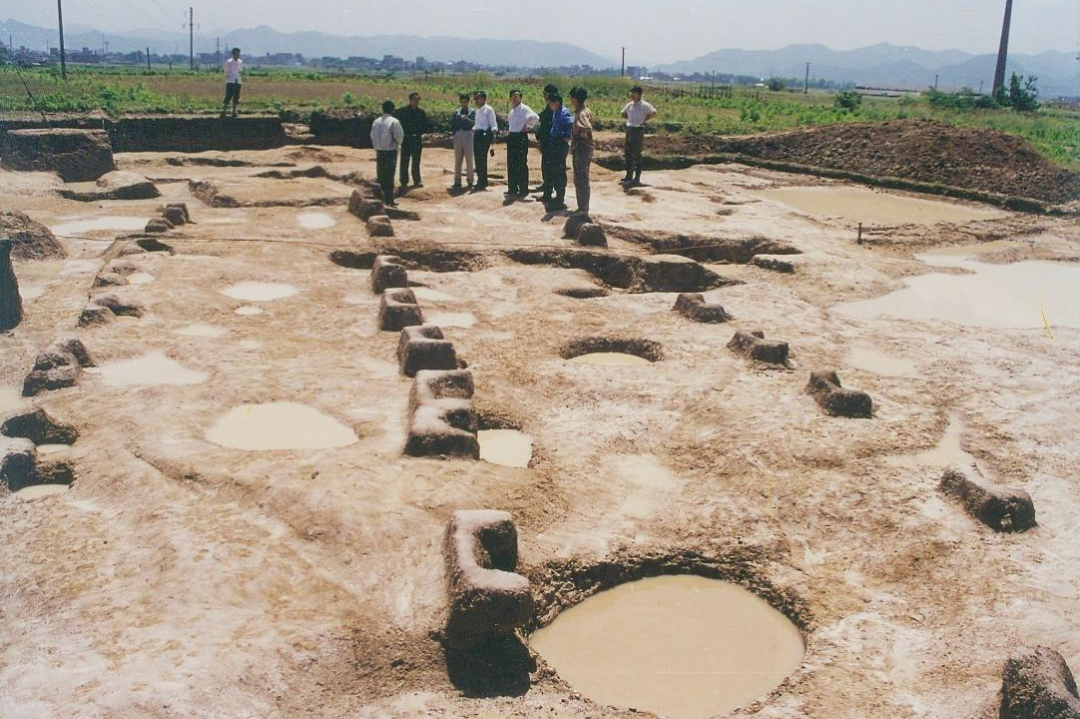
Shangshan site no.1 house address
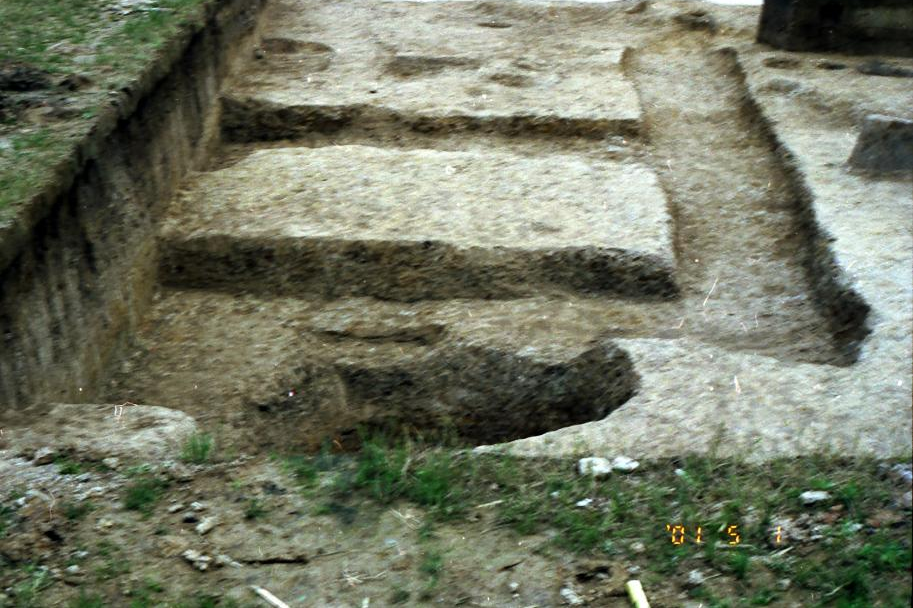
Shangshan site no.2 room address
In addition, we also found exquisite pottery, and a large number of evidences of human utilization of rice, etc. All these evidence chains are similar to the fact that human beings have started to implement agricultural production behavior in the early and middle period of Shangshan culture, and this archaeological evidence is currently found in China, which is the earliest related to rice farming. Undoubtedly, there is no earlier one, so it is the most important to re-evaluate the position of Shangshan culture in our research on rice farming. It is the source, which is why Mr. Yan Wenming said that Shangshan culture is the source of farming villages. This sentence is of profound significance, because Mr. Yan used farming and villages here, which has actually pointed out a very important content to us, that is, if we want to explore the origin of rice farming, we should pay more attention to human behavior. From this perspective, Shangshan site is the earliest archaeological site of rice farming evidence that we have found in China.
At present, our pursuit of rice farming in China can only be traced back to Shangshan culture.
The Origin of Rice Cultivation and the Road of Rice —— The Community of Destiny of Early Human Beings
Qinling Mountains (Professor, Peking University Institute of Archaeology and Culture):I don’t think I’ll repeat it. I may add the particularity from three angles to the points they didn’t talk about. First, where is the particularity of rice as a plant chosen by human beings? Second, what is the biggest feature of Shangshan culture when we discuss the origin of rice farming? Finally, what is the difference between the formation of rice as a community of human destiny and the particularity of other agricultural factors? I will talk about these three items.
The particularity of rice is the most unfamiliar to the teachers and experts here today, because most of us are doing archaeology and history, and we will not consider this issue. Simply speaking, the particularity of rice is too professional, and it is ecologically the only derivative plant in the wetland used in human history, that is, all the crops we use are two categories, except rice, one is the so-called summer monsoon or millet that uses summer rainfall. From millet in China to all kinds of millet in India, to African sorghum, pearl millet and even American corn just mentioned by Fu Daolian, they are all a large category of dry land plants that rely on summer rainfall. Another big category is wheat, barley and oats, but they are also dry land plants. The biggest difference between them and rice is that they all live in dry land, that is, people will not live in ponds when they go out to produce in the wilderness, so they are completely discovered and utilized in the process of using and transforming their living environment, while rice is only discovered and utilized when people consciously use the special environment of wetlands. This is the most fundamental difference.
The second is their reproduction. Now all the domesticated crops we see are annual weeds except rice itself. For example, Setaria viridis is an annual grass. We can see and know that they will grow and grow every year by the roadside. Their habits are easy to be discovered by humans, but rice is very different, especially the origin of our japonica rice. Its wild ancestors are perennial plants. What do you mean? When there is a lot of water, it won’t bear fruit at all, so you can’t eat it. It’s a wild plant. Finally, its perennial nature, its viability for many years, and the plants that don’t necessarily bear seeds and grow seeds every year, have been transformed and used, and become plants that are out of perennial nature and have the highest yield, that is, people’s transformation ability is too strong.
The third very important thing is the particularity of hereditary rice. Compared with wheat, we know that wheat has changed from haploid and diploid to hexaploid, which is the wheat we eat today. It is through hybridization that genetic mutations constantly occur, and finally the wheat that we make bread and noodles today is formed. It is hybrid. It has the earliest wheat produced in West Asia, and at the same time, the wheat produced in West Asia hybridizes with local weeds in the grasslands of Central Asia when it spreads abroad. In the process of transmission, heredity is not so simple. It is constantly being transformed by people in different regions by adapting to the environment. In the end, for example, the common wheat spread to China is a hexaploid.

Paddy at Shangshan site
Hereditarily speaking, the characteristics of rice are really very simple. Even the indica rice and Indian rice we see today are diploids and subspecies, but their production is also unique. There is evidence from molecular biology research that all the phenotypic characteristics of domesticated genes in japonica rice can be found in indica rice at last. What does this mean? That is to say, japonica rice originated first, and then in the process of spreading, new varieties were produced there, resulting in indica rice, which was the result of hybridization with other early wild rice that had been planted locally.
I think these three are the first starting points for us to discuss why rice is different from other crops in the future. Biologically speaking, human beings have discovered and utilized ecological environments that do not belong to them, and their reproduction is so weak and simple, and they have always been a single-line evolution species, which is really a concentrated embodiment of human creativity.
The second thing to say is the particularity of going up the mountain in the origin of rice cultivation.
Just now, everyone mentioned a lot of remains of early rice cultivation. Simply speaking, before 8,000 years ago, because of the warming climate, the whole environment was pushed more than 600 kilometers north. According to the surface pollen, 600 kilometers went to Shandong, and the whole ecological environment was the same as that in the south. Under this background, we naturally found that people in the middle and lower reaches of the Yangtze River basin were using rice cultivation. There are also middle reaches and lower reaches in the Huaihe River Basin, one is the Jiahu site in the middle reaches, and the other is the downstream center of the mountain-gathering culture that Mr. Dai and his colleagues did together with Jiangsu Province, which you didn’t have a chance to talk about today. There are also some rice, millet and millet used in post-Wenhua Li at the northern foot of Mount Tai, because the climate was getting warmer at that time, and it was not used in this area, but in many areas.
But what’s the point of going up the mountain? First, there is really continuity. It started at the earliest and lasted for the longest time, and it is a process of the same strain until the emergence of Liangzhu national civilization. Moreover, this process is very much the result of its own development, because the situation in the middle reaches is not the same. The development of the middle reaches has always been a process of North-South exchanges. The development of Qujialing and Shijiahe has high factors, and even the cultures of Qujialing and Shijiahe are in communication and integration with the Central Plains. Of course, it’s a pity that the Huaihe River basin mentioned earlier, because of the change of environment, Jia Hu, Shunshan and even Wenhua Li have no sustainable development at all. The wetland resources used by people 8,000 years ago have turned into dry farming. Therefore, on such a sustainable scale, it is very important to understand the foundation and root of the whole single rice civilization.
Another very important particularity is that Shangshan culture itself gives us many clues to reconsider the rate of domestication and the definition of domestication in the whole world. Why do you say that? Just now, Teacher Zhao Zhijun mentioned that the materials in West Asia will take thousands of years to be domesticated, and when Fu Daolian spoke, we will also take thousands of years to be domesticated. When the bridge comes out, it will be completely changed. We have made full use of rice husk and rice in the pottery pieces that have been up the mountain for ten thousand years, but how high is the proportion of domestication yet? However, in 9000, the Qiaotou site in the middle of the mountain was the representative, because Mr. Deng from Peking University had been systematically working with Mr. Jiang Leping, and the domestication rate was 80%. We are very confident about this, including the fish scale decoration of some phytoliths made by Mr. Lu.
It itself has to solve a problem, how can we see that the domestication speed has become faster and completed within a culture? This is different from the domestication law in other parts of the world, and it will be of great theoretical and even subversive significance for the whole future world to study the agricultural origin model and even the domestication mechanism. I also spoiled this in advance, and we went on to solve it with Teacher Jiang. Because early rice can’t be found, there are so many rice husks and spikes in pottery pieces, and now Mr. Deng Zhenhua is still cooperating with Mr. Jiang. We take these pottery pieces to do micro-CT, which is micro-CT, so we take these pottery pieces to do fault scanning, extract the gaps inside, that is, the gaps of these spikes, and quantify them. We hope to come up with some preliminary results soon to discuss why we saw the speed of rice domestication so fast on the mountain, and to explain that from the early stage to the middle stage, whether it is the settlement form or the degree of social differentiation, the pottery group has changed, and these changes are related, which will become a bright spot in the next stage of mountain research.
Last but not least, I would like to add that if we understand the whole rice planting, the topic that Mr. Jiang gave me is the community of human destiny. After rice planting came into being here, it has several levels of significance in the long history of human evolution. There are about four levels. They are not the relationship between layers, but the different directions of communication and the impact of these communication on human history.
First, it is the foundation of China. It first appeared the communication with the Yellow River Basin. We are developing our own civilization by pure rice cultivation, but it has caused the whole Central Plains region to embark on the road of bumper harvests in the future, which has caused the Central Plains region to accept wheat in the future. The background color of the whole Yellow River Basin is that it will use different forms of subsistence economy to improve productivity and support more people. Because we want to use different cultivated land, we have found a set of things about how to mediate the relationship between people and society. Undoubtedly, the spread of rice to the North has promoted the communication between the Yellow River and the Yangtze River valley, and finally promoted the emergence of the so-called China background multicultural fusion culture, which is produced from the neutralization and fusion of agricultural forms, which is the most basic aspect, and the economic forms are all like this, not to mention the ideological culture behind it.
Then we saw its spread to the outside world. The first and most important thing was to promote the formation of indica rice. Simply put, now everyone knows that the Ganges Valley in India is the origin of indica rice, and the earliest data is that it was definitely domesticated indica rice 5000 years ago or 4500 years ago. However, whether we say that it takes the Hexi Corridor down from Pamirs and passes through the Indus Valley or the Hengduan Mountains, our southwest region passes through Southeast Asia and then enters, no matter which route, it shows that China’s japonica rice spread to the South Asian subcontinent and crossed with the local people who planted the wild ancestors of primitive indica rice to form the final indica rice, which has been proved by genetics, but we can’t discuss the route clearly. Indica rice also has a high yield, which has low requirements for the ecological environment and can feed more people, including the work done by Mr. Yuan later. This is the first important point, that is, the origin, development and spread of japonica rice promoted the emergence of the second most important subspecies-indica rice.
Secondly, I don’t think it is necessary to say much about its spread to Southeast Asia. Everyone knows that its spread to Southeast Asia, whether through the Southeast Asian continent or through the Southeast Asian islands, eventually formed the so-called Neolithic of the Pacific Rim islands, that is, the theory of agricultural language communication, formed the Austronesian language family, and formed the cultural pattern of the entire Pacific island we see today. This is its second very important contribution and its role in the emergence of a human cultural pattern.
Thirdly, in Northeast Asia, we know that the so-called Korean Peninsula culture, rope pattern culture and Yayoi culture are all the way from the Korean Peninsula to Kyushu Island to Honshu Island. A series of rice crops from rope pattern and Yayoi in Japan and South Korea all came from China. This spread caused the formation of the East Asian cultural circle, which was not formed by millet or wheat. Its real formation, the identification of China in the Han Dynasty and the identification of sinicization began with Yayoi culture.
I will talk about these angles. One is the influence on the formation of China, the influence on the formation of indica rice, the influence on the Austronesian language family, the formation of the entire Pacific cultural pattern, and ultimately the influence on the formation of the East Asian cultural circle. These are all from the origin of rice cultivation, and I may finally feel that it meets the requirements put forward by Teacher Jiang. From the perspective of the community of human destiny, we think about how big the real role of rice cultivation is.
The Origin of Rice Cultivation and the Road of Rice —— The Community of Destiny of Early Human Beings
Wang Renxiang (researcher, Institute of Archaeology, Chinese Academy of Social Sciences):Just now, I listened to several people who focused on farming culture. Shall I turn to industry and handicrafts here? Talk about making pottery, talking about art and talking about painted pottery. I have a little experience about the pottery itself. I think the pottery on the mountain is very primitive, but I always feel that it has the techniques of porcelain making, including the screening and molding of pigments, especially the exhibition today. I don’t see it clearly, but I think it is made of the makeup soil of later porcelain. In fact, its pottery is still relatively rough, because it has charcoal or something, and then it is usually necessary to put on a layer of pottery at the back, whether it is good or not, in fact, for the feeling of light. Later, the appearance of porcelain makeup technology was relatively late. When? By the time of the Han dynasty. But I noticed that this technology first appeared in the distribution area of Shangshan culture, and its technical tradition, in fact, whether there will be some evidence in the middle of the missing period, I think we can think again from these aspects. The only thing it lacks is the lack of heat. What will happen if the heat arrives? Are all the pottery burnt out, or will there be porcelain, because the minerals are not clear now, so it is still pottery. This pottery is particularly exquisite because it not only uses the makeup soil technology, but also paints and even dyes. Some of it is red all over the body, like the most exquisite red bottle just mentioned. The shape of the pottery is a bit strange, and it is already very advanced. We don’t think there should be that pottery in that era, but there is, and the whole body is red, not only for one utensil, but also for other utensils.A large piece of red. There are mainly white colors besides red. I have seen and analyzed this white color. This color has never appeared anywhere, so it should be the earliest.
These painted patterns are relatively simple, a little bit, wired, parallel lines, dotted-line structure, and staggered broken lines. In short, they are relatively simple, but they make you feel that the head here is intentional, and it should have its symbolism, especially when we see the sun at the bridgehead, which should be the most realistic. It is no problem to say that it is the sun. But there is also a decorative combination next to the sun, which is a triangle of contrast. I think the catalogue and the pictures of the exhibition are separated. It is actually a picture with the sun, which is very important. I think it should at least symbolize the sun. We also see the whole sun and half the sun. There must be a thin symbolic meaning here that needs to be studied. I pay special attention to this triangle, which is actually very common in Yangshao painted pottery. This picture of our exhibition separates it. Of course, that piece of pottery is there, so it will feel different when put together, and you will have associations.

The earliest painted pottery (one), the Neolithic Shangshan culture (about 11000-8500 years ago), was unearthed from Qiaotou site in Yiwu, Zhejiang Province.
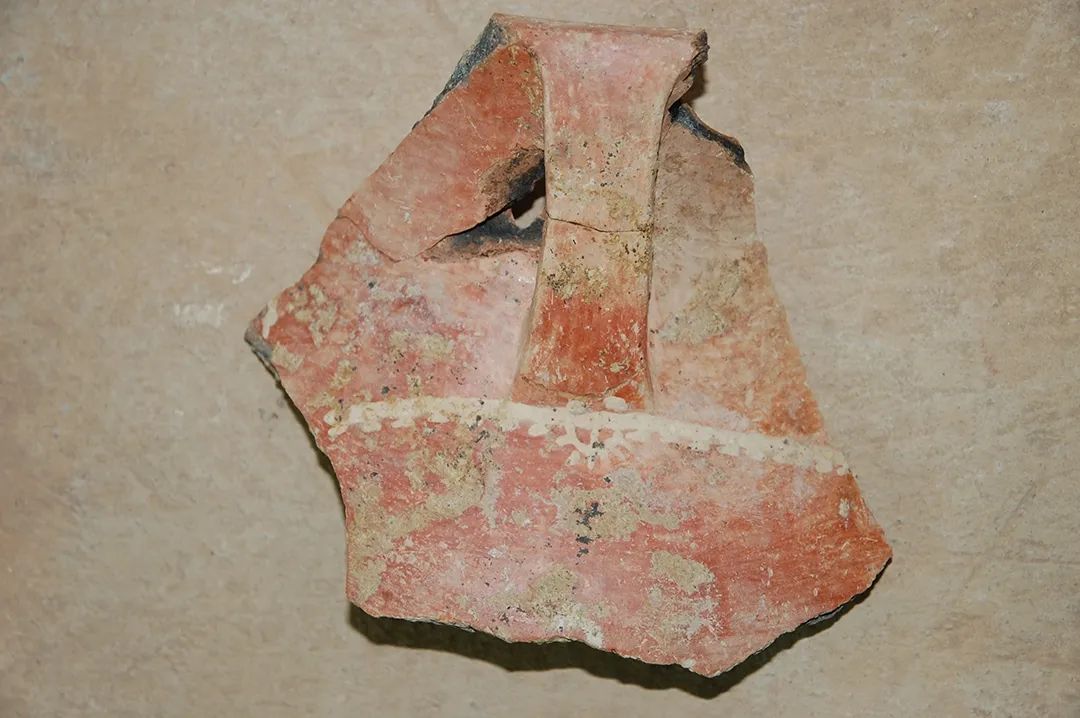
Sun-patterned pottery tablets at Qiaotou site in Yiwu
In fact, there are many painted pottery in Yangshao, but there is no explanation. I think this is a very important clue. I hope that such decorative patterns and the image of the sun will coexist in one picture, which will make us resonate and associate. The key issue is that our reporters and excavators believe that the age of painted pottery should be around 9000 years, or as early as 9500 or 9600, which should be the earliest age that can be determined in the world. This is the second phase of Shangshan culture. We don’t know whether there will be the first phase of Shangshan culture, and it may not be there. At this time, the color is very mature. We know that painted pottery in West Asia is more than 8,000 years old and 9,000 years old. In the early days, going up the mountain should be clear and leading. People who go up the mountain dress up in red and white to show their art and their observation and understanding of the world, especially the appearance of symbolic assembly patterns, which is very remarkable. We may have underestimated the prehistoric art in the past. Recently, it is particularly felt that our white pottery in Hunan has a very simple geometric figure for about 8000 years, which has made you think so abstractly about symbolism (if you don’t understand it, it’s really hard to understand it). I think that’s a legendary system with images. It’s amazing, so it’s very promising to go up the mountain, and there are such signs of discovery. We’ll wait and see.
Mountain culture-an important discovery to rewrite the history of human civilization and an important source of Chinese civilization
Wang Wei (Chairman of China Archaeological Society, Member of Chinese Academy of Social Sciences):I summed it up, and I think the discovery of going up the mountain: first, it is a relatively comprehensive and typical site group and culture in the early Neolithic period. It can be said that some characteristics of the Neolithic Revolution summarized by Childe are really comprehensive. The first greatest significance is the emergence of rice cultivation, which is an example of the earliest rice domestication process that can be confirmed now, and it is not very sporadic. We found a lot of rice husks in early pottery, which is not very preliminary. Is it the first time to be cultivated, is it such a stage, or is there a more primary stage ahead that needs to be considered, and is it that rapid progress has been achieved from the early stage to the middle stage, because rice husks are not very sporadic in pottery, and the amount will not be so large in the most primary stage, which I think is also expected to be further studied in the future. But in any case, I think it is not the most preliminary from the early stage, and it has already reached a certain scale. I think this is the first.
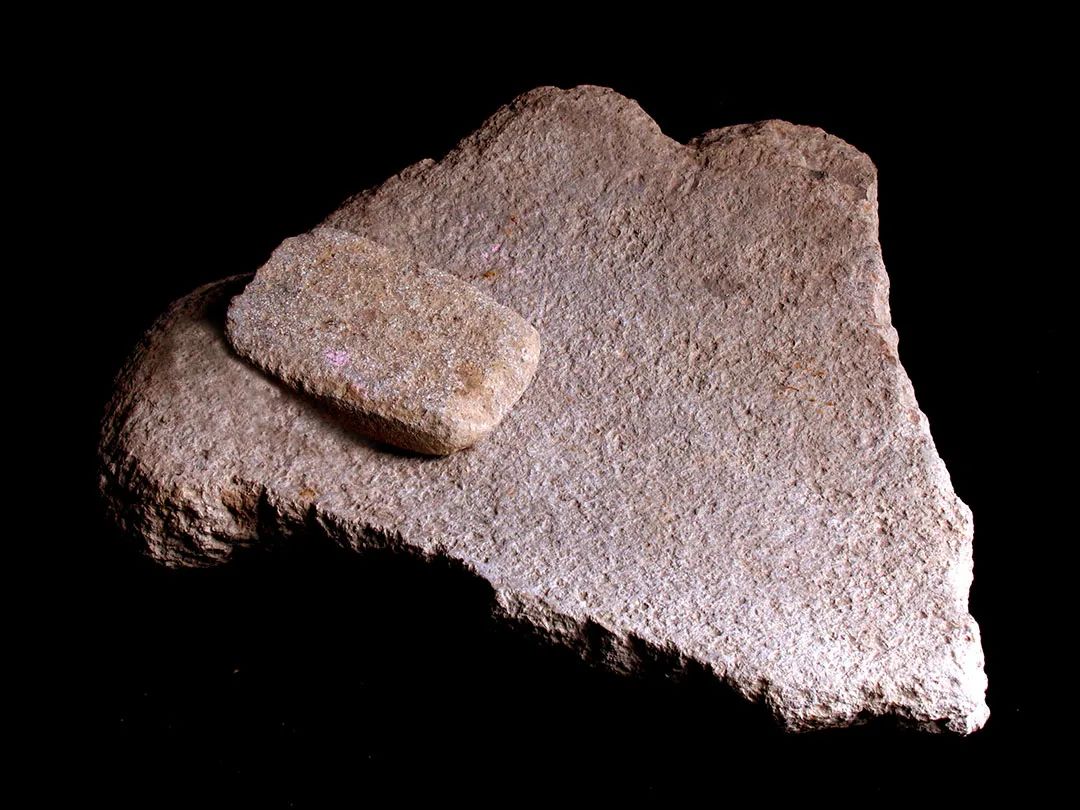
Stone millstones and sticks at Shangshan site
Moreover, it has a series of tools for production and consumption, indicating that its proportion in people’s lives is not very sporadic at the beginning, this is a. There are also the earliest villages and settlement groups that settled in the piedmont slope. As we all know, we used to live in caves and then went to the piedmont slope. The reason for coming out is actually worth considering. The change of environment and the increase of vegetation are probably related to the fact that these food sources that became crops after cultivation entered people’s recipes.
Thirdly, through this stone group, the number of ground stone tools increased in the early and middle stages, which is a good example. There is also the increasing diversification of pottery types, and a change can be seen in the early and middle stages. There are also the earliest painted pottery. Just now, Professor Wang Renxiang told us that we were very touched, especially after the test. The shape of porcelain unearthed in it may be like that of Song and Yuan Dynasties, but it turned out to be 9000 years ago. I think it is definitely the most outstanding representative of prehistoric pottery in China prehistoric art, at the level of 9000 years.
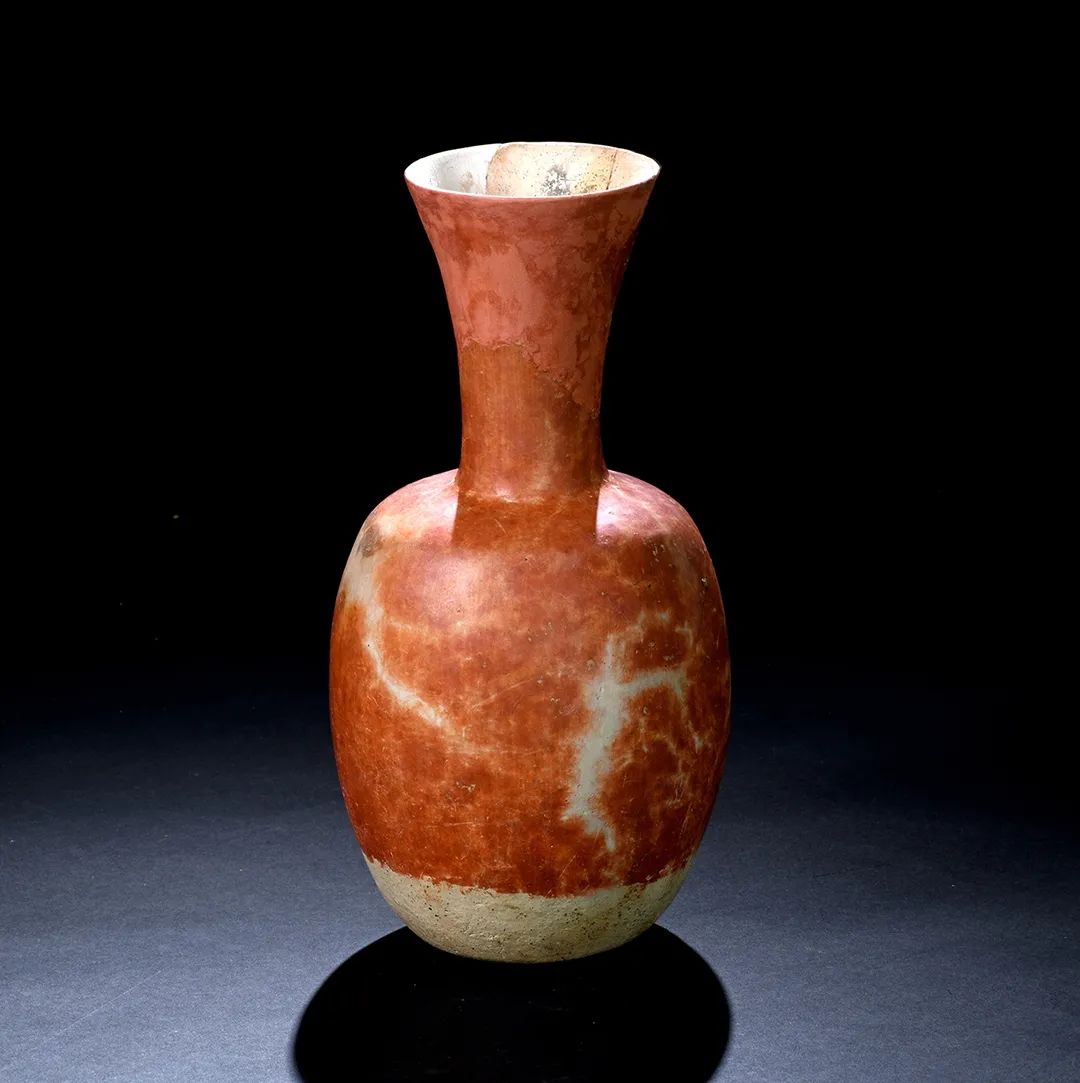
Pottery pot at Qiaotou site in Yiwu
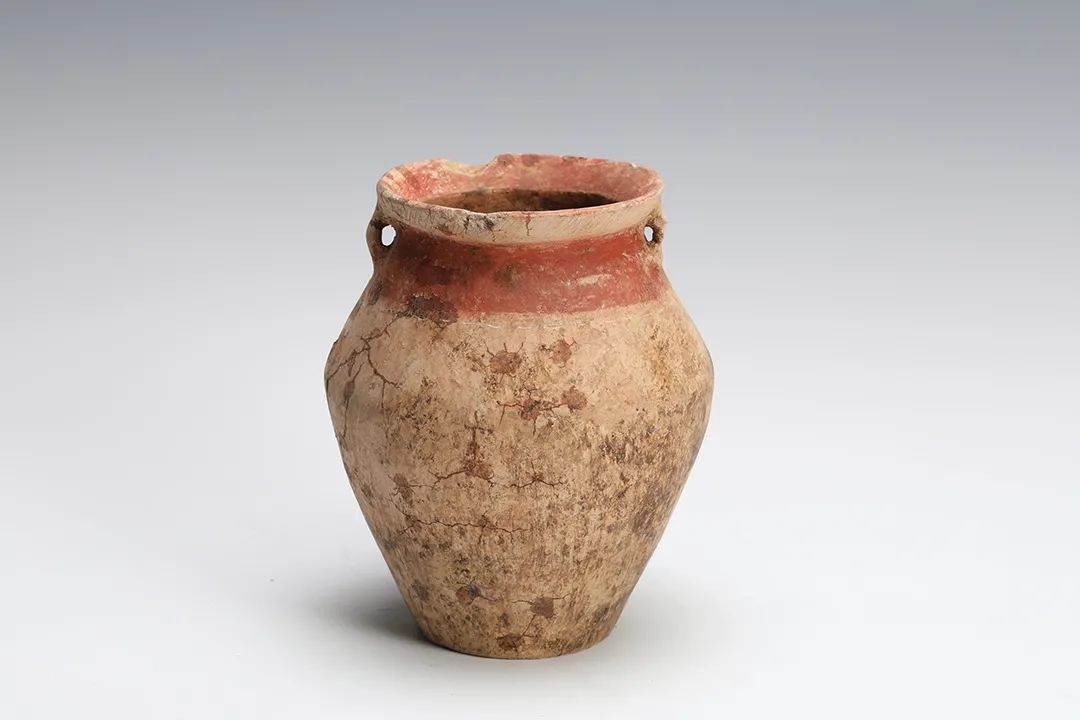
Flat-bottomed jar of Xianju Xiatang site
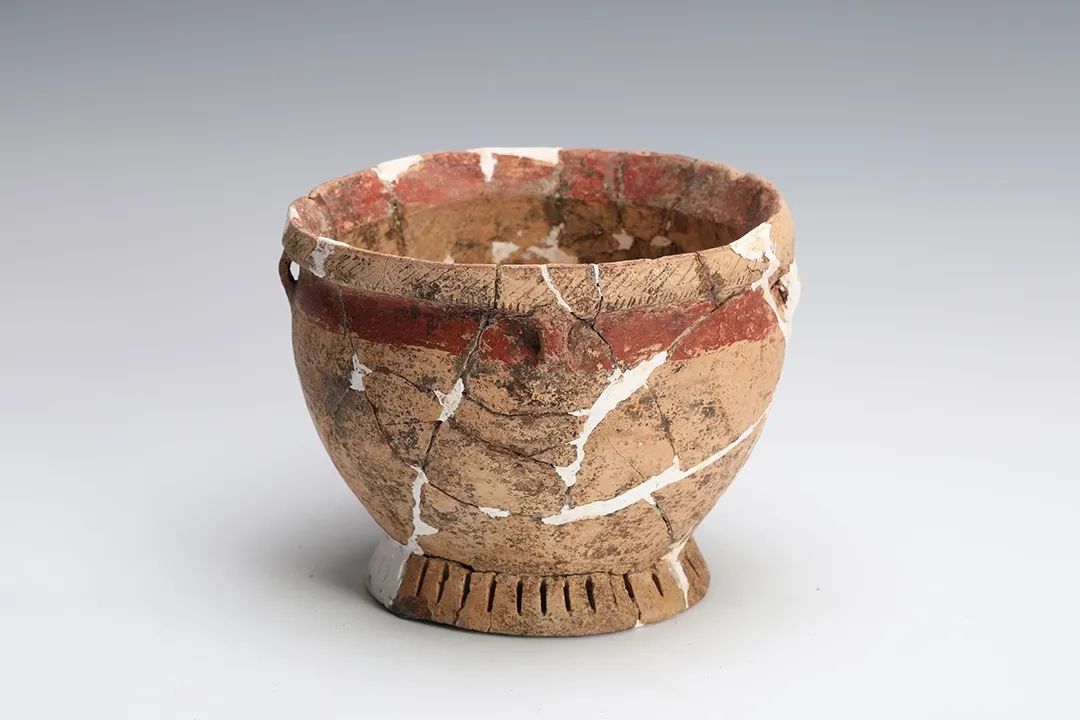
Statue of Xiatang Site in Xianju
There are also those depicting symbols that may have profound meanings, which are very worth studying. And Professor Li Liu said that rice wine, which may be the earliest raw material, is more important. I think these aspects are really a series of important contributions in the history of human civilization, and just now Professor Qinling also said that rice farming has expanded from here to the surrounding areas, and the Yellow River basin, Huaihe River basin and Southeast Asia, including Northeast Asia, which we are already familiar with, have a very far-reaching impact. I think this has solved the main food source of people living in low wetlands, which I think is of great significance.
In these respects, it can be said that it is indeed an important discovery of human civilization. To talk about the important source of human civilization, as we all know, agriculture is the foundation of human civilization. We do the source exploration project, and agriculture, the types of crops, the proportion of crops and so on are the first important topics. So I think in this sense, it is indeed the invention of rice that provides a very important foundation for the emergence and development of human civilization. Therefore, I think the importance of the Shangshan site, in a sense, cannot be overestimated.
I think besides its continuity, innovation deserves our great attention. Of course, rice cultivation continues to this day. In fact, at least at present, it seems that there is the earliest mountain culture, which deserves great attention in China’s cultural history and civilization history.
Looking up the Mountain from Liangzhu —— The position of Zhejiang in the history of human civilization in ten thousand years
Zhao Hui (Senior Professor of Peking University Institute of Archaeology and Culture, Vice Chairman of China Archaeological Society):Up to now, we have seen a preliminary stage of going up to the mountain culture. In fact, according to the current findings, we may be able to divide local types. As far as I can judge, for example, the cultural outlook of Xiatang site and Qiaotou site is not the same, which is about 100 kilometers apart, and it is not very close, because there are a series of small basins in the mountains. When we went there in 19 years, we came back from Yongkang and flooded, that place is. The existing findings are not only a preliminary analysis, but also an analysis of the cultural features of different regions and the similarities and differences between the east and the west in the whole cultural distribution range. I mean, the division of our types may be like this.
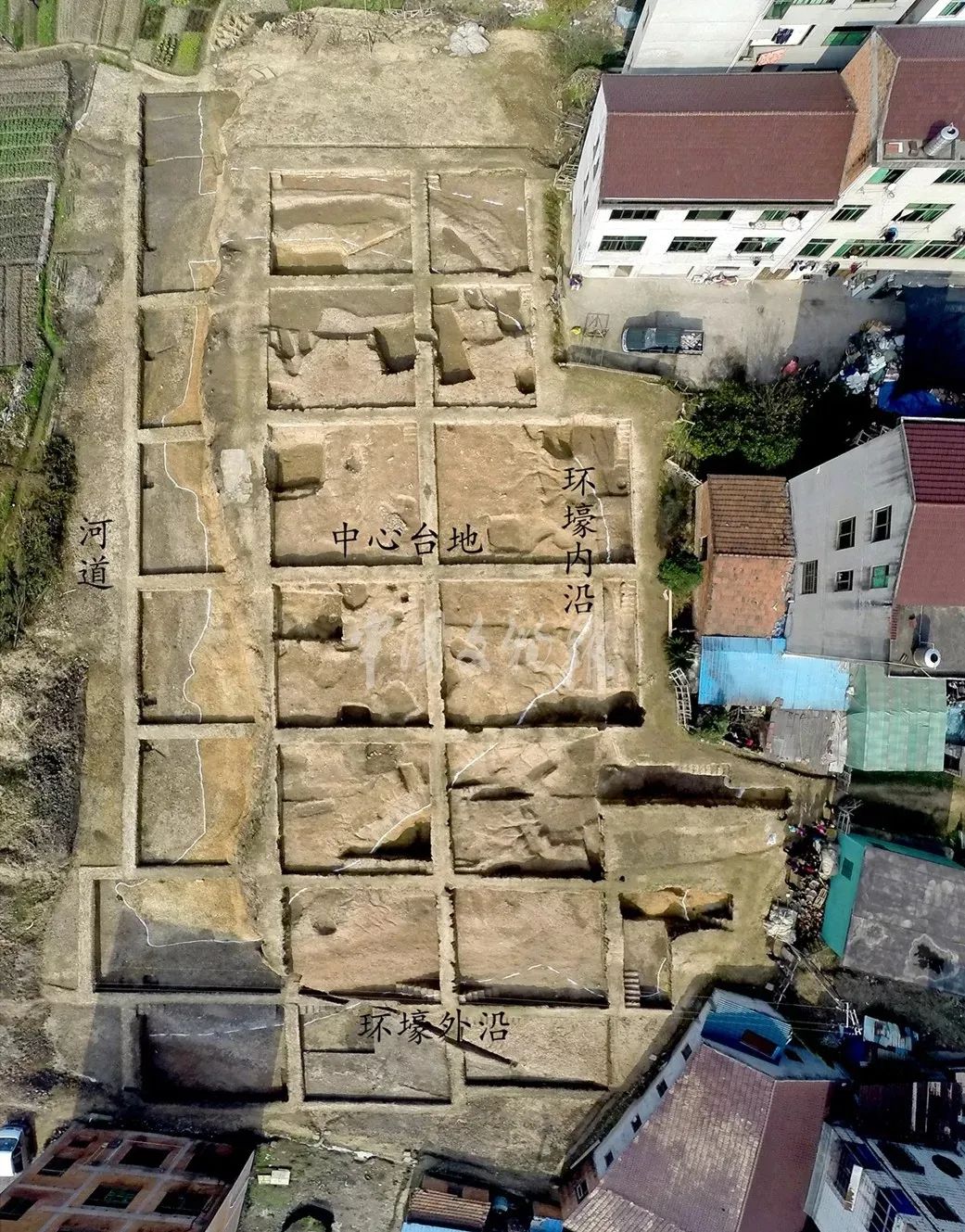
Plan of Qiaotou Site-Qiaotou Huanhao Site
In fact, the materials provided by the work in recent years are not only these, but also provide us with a more complicated face of the era in which Shangshan culture is located, although it is not very rigorous at first. This is unexpected, at least I didn’t think of it personally. For example, it is a settled form, from the excavation of Xiaohuangshan site and the excavation of Shangshan site, there are still deep moats, which are very deep and large. It is a very complicated form, and its architecture has at least two architectural forms, some are large pillar pits, and three on one side are surrounded by a small square building. There is also a fence or a fence. At today’s exhibition, we saw that there is a square storage hole on the mountain. Is this a different architectural form? Then we saw the change of pottery in agricultural collection. There is a house behind the bridge, but it is unclear whether it is a sacrificial relic or something. Pottery pit by pit is put there. This is a bit like the situation in Cishan, Hebei Province, but not exactly the same, because people have a large area of pits for storing grain next to Cishan. There are tombs. This is not a very simple tomb.
Therefore, of course, this situation still needs our further archaeological work to enrich and perfect it, and we still need to conduct research in different fields.
Looking at East Asia from West Asia —— Shangshan Cultural Sites and "The First Village of Ancient China"
Chen Xingcan (Director of Institute of Archaeology, Chinese Academy of Social Sciences, Vice Chairman of China Archaeological Society):In fact, I have no research on West Asia, only a little understanding, and I will tell you today. As far as I know, the three areas mentioned just now include the Mediterranean Sea near the east coast, Syria, Israel and Palestine, as well as the Anatolian Plateau in the north, Turkey’s location, especially the southeast of Turkey, and the Mesopotamian plain where the two rivers meet. These areas are what we call West Asia in a broad sense. The origin of agriculture in these areas is actually a very long process, which is generally believed to have been formed slowly from 12,000 to 10,000 years ago. What is certain now is that by 10,000 years ago, all three areas had settled down and all had agriculture. This is different from ours, that is, according to Childs Neolithic Revolution, what is missing? What is lacking is pottery. Besides pottery, other agriculture, including the cultivation of wheat and barley, including the domestication of sheep and goats, basically existed in these three major sub-regions 10,000 years ago. What is different from us is settlement. It was very early to settle in the Near East and West Asia, which is also different from us. The settlement distance before the earliest agriculture is now 23,000-24,000, and small villages have begun to exist. These villages are all hunting and gathering villages, which have developed for about 10,000 years. It was not until wheat and barley were planted that real agricultural planting villages were formed, which is also different from us. There are also different pottery, including pre-pottery A, pre-pottery B, and a longer Paleolithic period.There is no pottery at all. Unlike China, we have had pottery since 20,000 years, probably from northern China to southern China, which is very different from us.
Therefore, from settlement, agriculture and animal husbandry, the animal husbandry I am talking about is actually raising sheep and goats. From this perspective, it has a series of characteristics different from China. One feature is that settlement precedes agriculture; The second characteristic is that agriculture precedes pottery making, which is indeed the characteristic of West Asia. So far, at least our existing archaeological materials do not have this. But China also has our own characteristics. As I said just now, we have invented pottery from the late Paleolithic period to the last Ice Age, which probably existed from the north to the south. This is also fully affirmed by archaeology now. Then there is agriculture, agriculture. In the past, the points that Mr. Joseph criticized us, except those before Peiligang and Cishan, which were discovered in the 1970s, were originally dotted, including Nanzhuangtou, including Lijiagou, which was discovered in Henan in recent ten years. In fact, there is no trace of agriculture now, but it is a wilderness site, and it may have been settled for a while. It is hard to say that it is settled. But in any case, this age is consistent with the early days of going up the mountain, all around 10 thousand years.
Now, from the point of view of settlement and agriculture, it is the most adequate to settle in the mountain. It has both agriculture and settlement even from the early days. Our settlement is basically certain now. Although there are no stone-built rooms, rectangular, round, partitioned houses or even houses made of adobe, we can be sure that the mountain culture has settled in houses since its early days. There may be other forms of buildings. Of course, the proof of their settlement includes all kinds of ash pits, pits for burying utensils, pits for storing grain, and pits for disposing of garbage. If you have been to Shangshan site or other sites to see the dense caves or ash pits, it is the same as in West Asia. There are a lot of storage pits in this period, which is closely related to the development of agriculture and population. In this respect, it is comparable to West Asia. At least from the archaeological evidence now, we can say that agriculture in this area is earlier than pottery and pottery, and agriculture is consistent with settlement.
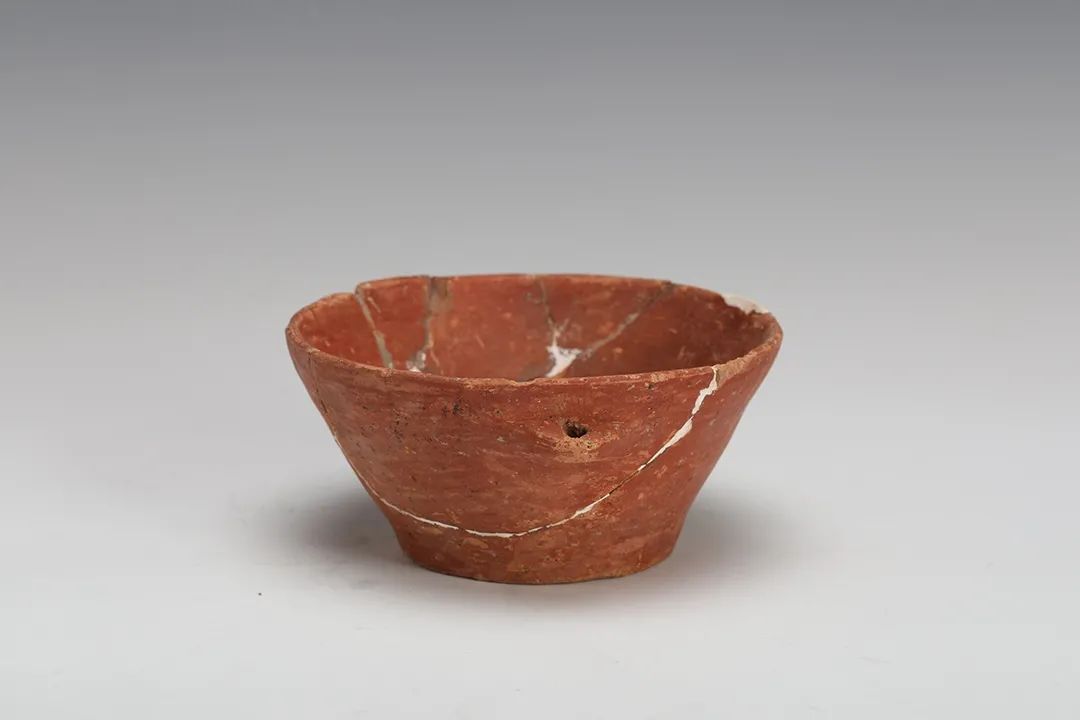
Xianju Xiatang Ruins Pottery Bowl
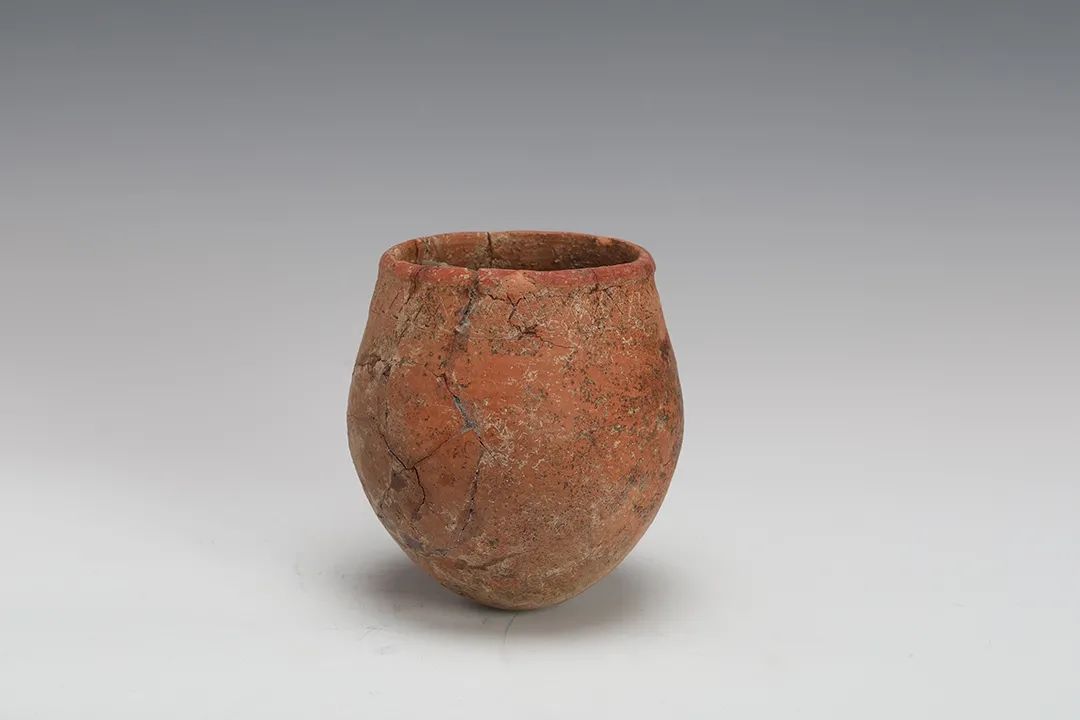
Xianju Xiatang Ruins Wadi Pot
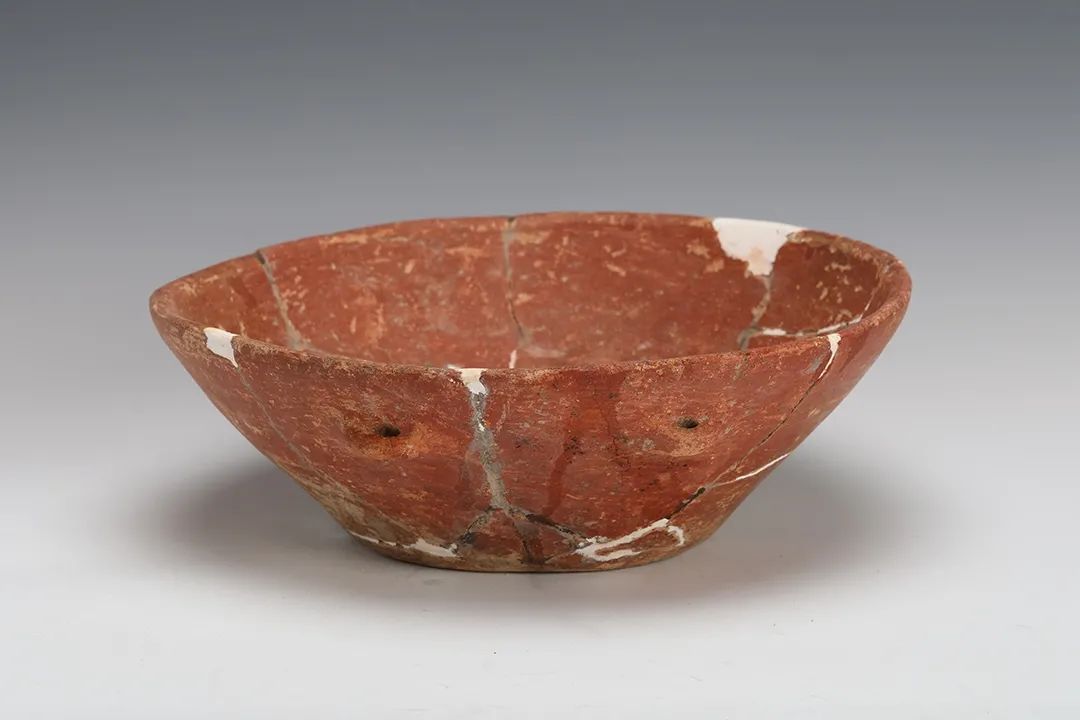
Dakoupen of Xianju Xiatang Site
However, from the point of view of West Asia, it took a long time for West Asia to develop, and then it reached the stage where there were agricultural villages in three areas. Mr. Wang Wei also said, is it true that the first phase of going up the mountain we are talking about is the beginning of agriculture or the beginning of farming behavior? Perhaps we can compare this with other examples of agricultural origin, and there may be a longer source, but we just haven’t found it. Because this thing is hard to find, because we all know that we have been looking for the former Cishan Peiligang for many years since the discovery of Cishan Peiligang in the 1970s, and we have only found Lijiagou after so many years. In this regard, maybe before that, I think there may be a longer history of farming or settlement, because we now find that the most important thing in the south is cave sites, which is the reason why we have not found it. I believe that people in the late Paleolithic period must also have wilderness sites. In fact, we also found a large number of wilderness sites in the early Paleolithic period. Of course, there are such sites in other areas, such as Hanzhong and Hunan, so I believe there must be earlier sites in this area. Of course, it has reached the end of the Pleistocene and the last ice age, but we can find problems that we can’t find. This is an inspiration we can get through comparison.
Tentative ideas on the application for heritage of Shangshan cultural sites
Chen Tongbin (chief planner and researcher of China Architectural Design and Research Institute):Let me briefly talk about the application for going to the mountain, because there are already 20 sites. I ran 18 sites this spring, and basically selected 6 sites as the first batch of sites to be considered for a series of heritages. However, there are still archaeological work to be deepened in each site, and I will talk about the composition of the sites later. We still have some work to do in comparative analysis. Compared with other ten thousand-year-old sites in China, how do you show that you are the most representative? Compared with similar sites in East Asia and South Asia, you may have to have a comparative analysis in time. Compared with the world agricultural origin heritage, it has just been said that there are some preliminary material comparisons, of course, further comparisons are not ruled out. Then, with the legacy of rice farming in the whole world, including the whole story, such as the Philippines, such as Hani terraces, what is the position of going up the mountain in this? According to the value analysis of world heritage, you should compare with all similar things at home and abroad in the same period to show your position in it. This is the next step.
In OUV’s life of highlighting universal values, our value standard III-witness value can be said, which can witness the origin of rice farming in the major process of human civilization, and this can be witnessed. The second is the exemplary value of Standard 4. According to the opinions mentioned by international experts and you, the elements of Shangshan Site can be said to be a model of Neolithic Age in the process of human civilization or you have more suitable words to further refine or be accurate.
It should be said that there is no problem about authenticity. When designing the ruins park in the next step, we must carry out no counterfeiting. The more original things, the less we can do more fake actions. This must be controlled.
Integrity is a big problem. As a layman, it seems to me that plant archaeology and agricultural archaeology were done before the archaeological work in the wild. Now, the integrity of the site and the environment is not concerned, and the hills that may be distributed are concerned, but how big the surrounding environment should be, this must be further determined by archaeology. There is also the integrity of the heritage elements. Just now, everyone mentioned that if our heritage is to meet the integrity requirements, its basic elements: stone tools can be grinded, pottery and cultivated rice, as well as settlement, as well as basic elements related to witchcraft belief, should be systematically and fully expressed in these sites. Looking down now, the stone tool unearthed in Lotus Mountain is very shocking and has never been seen before. The pottery at Qiaotou should be enough to stand out in the history of pottery in China. The rice field has not been found for the next cultivation, that is, the physical evidence. The place of cultivation may be found in the next archaeological step. I hope to find out. Settled settlements are now more fully displayed on the mountain and Xiaohuangshan, but I think the site of Xiaohuangshan is still severely damaged. It is difficult to choose what has been dug before, and it is also difficult to grasp whether a decent settlement site can be selected in the back. It can be said that when going up the mountain, Mr. Fu Daolian uses religion. I think we dare not use the word religion, so let’s use faith, witchcraft and belief. What we think of the site at Qiaotou now needs further explanation.
I think that in the next step of archaeological work, it may be necessary to deepen the work in these areas for the application of the World Heritage. Just now, Mr. Zhao Hui asked whether it is possible to make a systematic design for the next soup. In the future, this will be a particularly good site, which is worth doing in terms of the overall environment and its own obstacles. Next, the remaining protection and management guarantee is to formulate special laws and regulations, that is, a series of heritages, and formulate cultural protection plans, including management plans, and so on.
Finally, let me briefly talk about the significance of going up the mountain to apply for the World Heritage. This is my personal understanding:
First, we can witness China’s great contribution to human civilization in the world, the origin of rice in the origin of agriculture, which is a considerable contribution to breaking through national boundaries and nations.
Second, after the ruins of Liangzhu ancient city, it is another major cultural heritage that can directly enhance the cultural confidence of the Chinese nation. So when I went to the Shangshan site, I said that I would take the initiative to pick this up and promote it. This is the first one of all the heritage projects I took, and others were forced to do it, but I think this site is worth doing for it. Now it is neither a preparation list nor anything, but we have all maintained a close relationship with the government.
Thirdly, I think it reveals the contribution of the development of civilization in Qiantang River basin to the process of civilization in East Asia. I don’t know what to think about archaeology, but now we are doing some geographical divisions or something. Obviously, Qiantang River basin is one of the seven major water systems, which does not belong to the middle and lower reaches of the Yangtze River, but what comes out of it affects the lower reaches of the Yangtze River. This is not an independent water system in the great river basin, but a water system in the southeast coast, which has its own characteristics. The real great river basin may be disastrous in the early human days, and it may not necessarily be attached to the great river basin. Therefore, the development of the Qiantang River basin so early should have an enlightenment to human civilization.
Fourthly, it fills the gap of the origin of rice in the world heritage, which can definitely be said. I am surprised that even an important agricultural origin is blank, and I don’t know why West Asia can’t find their declaration point for big wheat.
Finally, I think this site still shows a landmark achievement of China characteristics, China style and China style archaeology, because as Qinling introduced, in fact, the more things found in ancient sites, the more we can find that we are different from East Asia and West Asia, so we are different at the root, so China characteristics are not empty, but we are increasingly discovering that we are not the same thing. I think the value of the Shangshan site group must be of this nature.
(This article is an authorized excerpt from "Zhejiang Archaeology")
